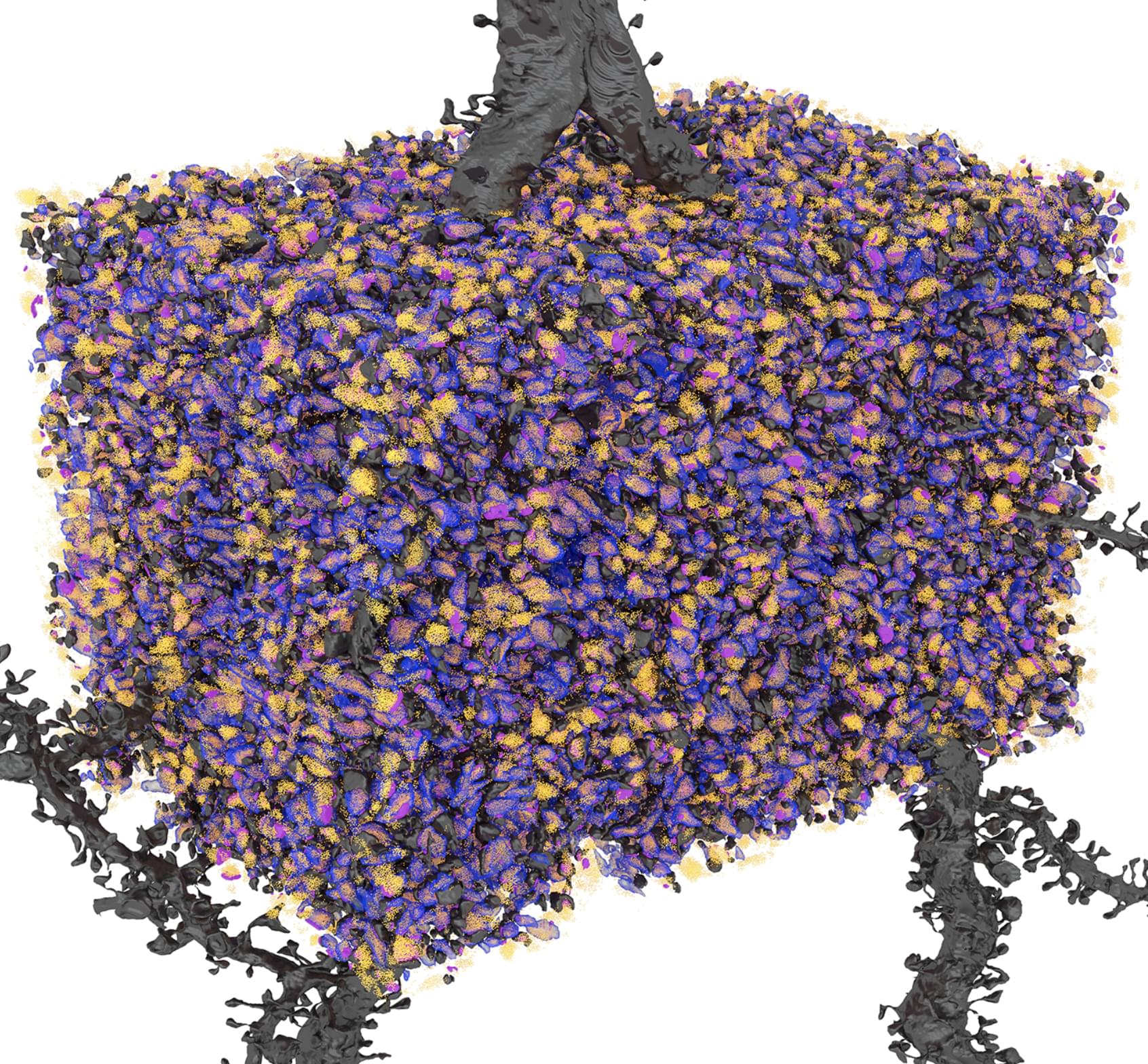Naturalistic communication is an aim for neuroprostheses. Here the authors present a neuroprosthesis that restores the voice of a paralyzed person simultaneously with their speaking attempts, enabling naturalistic communication.
Why matter dominates over antimatter in our universe has long been a major cosmic mystery to physicists. A new finding by the world’s largest particle collider has revealed a clue.
NIH-funded study uses cutting-edge imaging techniques to reconstruct features underlying learning and memory in the mouse brain.
Researchers have identified the border between quantum physics and some as-yet-unknown post-quantum realm by mathematically analysing all possible measurements of simple quantum systems
Rice University researchers have developed an innovative solution to a pressing environmental challenge: removing and destroying per- and polyfluoroalkyl substances (PFAS), commonly called “forever chemicals.”
Patients with narrowing of at least 50% in three major coronary arteries did equally well when treated with a minimally invasive stent placement guided either by ultrasound-based imaging or by a novel, artificial-intelligence-powered (AI), non-invasive imaging technique derived from angiography, researchers reported at the American College of Cardiology’s Annual Scientific Session (ACC.25) on March 30 in Chicago. The work was simultaneously published in The Lancet.
“This is the first such study to be conducted in patients with angiographically significant lesions,” said Jian’an Wang, MD, a professor in the Heart Center at The Second Affiliated Hospital of Zhejiang University School of Medicine in Hangzhou, China, and the study’s senior author. “Patients whose evaluation was non-invasively guided by the novel, AI-powered technique underwent approximately 10% fewer procedures, and their outcomes were comparable with those for patients whose evaluation was guided by a commonly used ultrasound-based imaging technique.”
The study, known as FLAVOUR II, met its primary endpoint, a composite of death, a heart attack or need for a repeat procedure at one year, Wang said.
A bioengineer highlights the potential of low-intensity ultrasound for multiple uses, from enhanced drug delivery to the brain to combating cancer
1,060 likes, — rapidinnovation.io on February 26, 2025: The most Human-like Robot ever built 🤯
#robotics #robot #robots #robotik #robotart #robotdance #robotdesign #ai #robotic #robotech
What kinds of health threats can the Martian dust bring to future astronauts? This is what a recent study published in GeoHealth hopes to address as a team | Space
How can haptic feedback, which uses vibrations to simulate real touch sensations, be improved to provide more accurate data to users? This is what a recent | Technology









